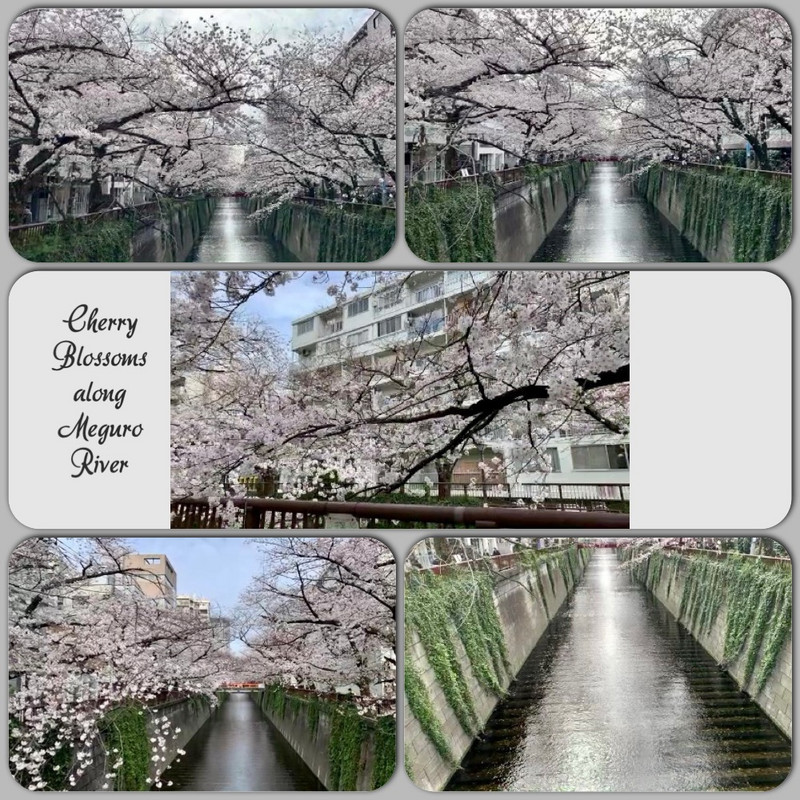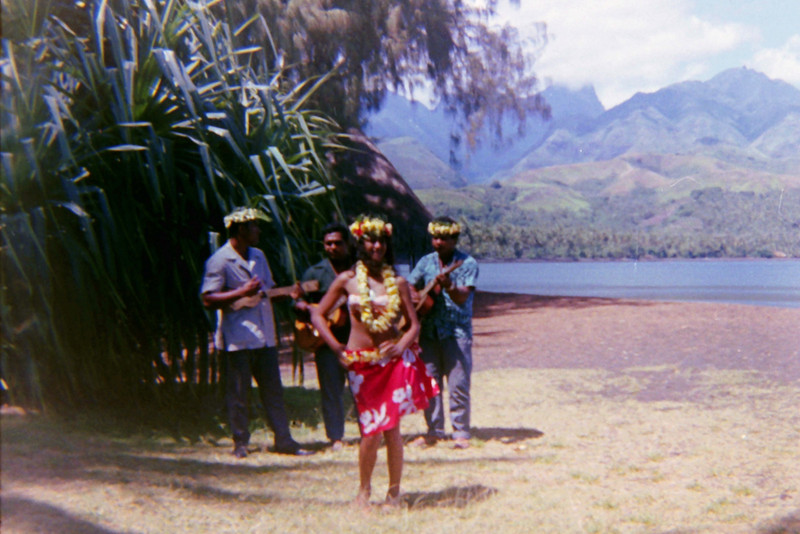Meguro River is one of the most popular places to see cherry blossoms in Tokyo. Its located in Nakameguro area which is near Shibuya, central of Tokyo. The best highlight of Meguro River Cherry Blossoms is over 800 cherry trees lined for about 4 km along the river which displays the spectacular view.
During the main season for cherry blossoms, a cherry blossom festival is held near the river and there will be a lot of stalls selling food and drinks. There are also many cafes and restaurants along the river and some of them have terrace seats where you can enjoy delicious food with the cherry blossoms views.
Cherry blossoms are a symbolic flower of the spring, a time of renewal, and the fleeting nature of life. Their life is very short. After their beauty peaks around two weeks, the blossoms start to fall.
During this season in Japan, people like to have cherry blossom parties with colleagues, friends, and family. A cherry blossom makes people merry. They enjoy eating, drinking, and barbecuing underneath the cherry blossoms. We call this custom hanami. Hanami literally
means watching blossoms, and the tradition can be traced back at least a thousand years. We bring cooked meals, alcohol, snacks, and sweets, like a potluck party. Schools and offices hold parties during hanami, a chance for people to bond and meet new friends.
Even at night, viewing spots are crowded with people enjoying the blossoms in a beautiful, romantic atmosphere. Couples go at night to enjoy the special mood created by cherry blossoms. Hanami at night is called yozakura.
Our guide explained some of the traditional Sakura specialities. Sakura Mochi - Chewy mochi with sweet red bean paste (Anko) filling is simply delectable! The aroma of cherry blossom leaves adds to the next level of full spring experience!
Like ripe morels, pungent ramps, and tender fiddlehead ferns, cherry blossoms (sakura) are one of springs fleeting culinary pleasures. These fluffy and irresistibly pink blossoms are a harbinger of warmer days and their appearance on plates and snacks throughout Japan is a national obsession. During early spring, the entire tree is celebrated from its wood
and bark (which is used as lumber or boiled to create a type of medicine or dye) to its leaves and flowers which are edible and are used in many seasonal dishes.









